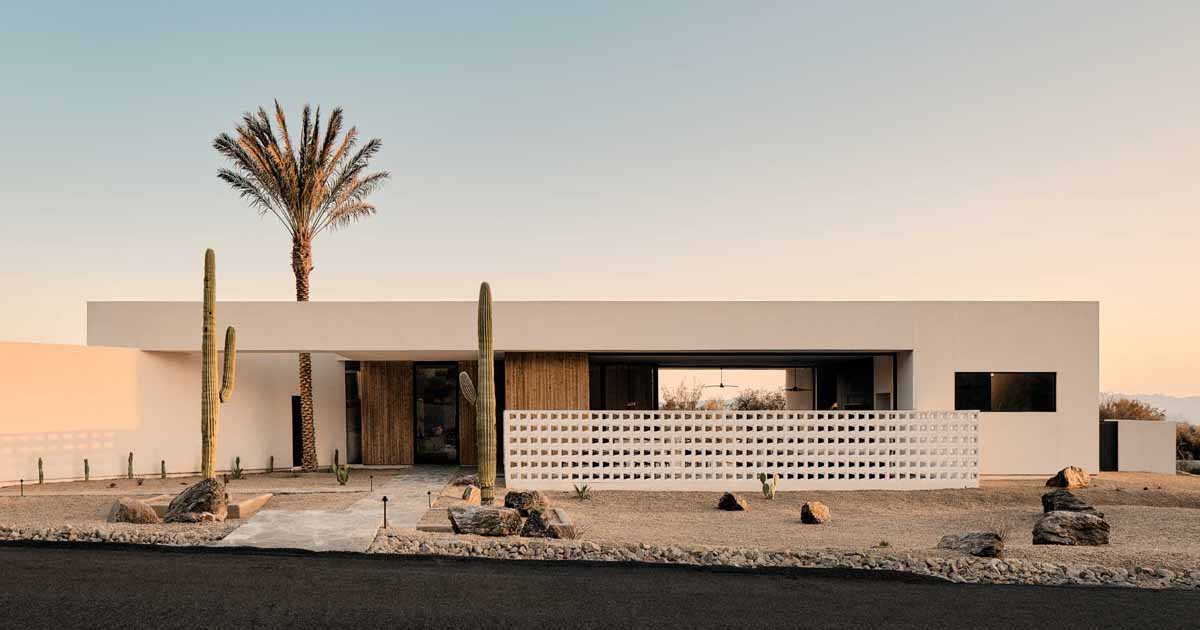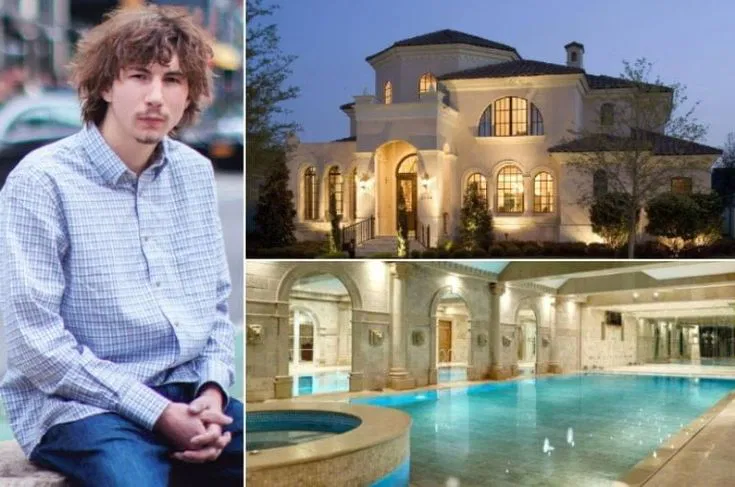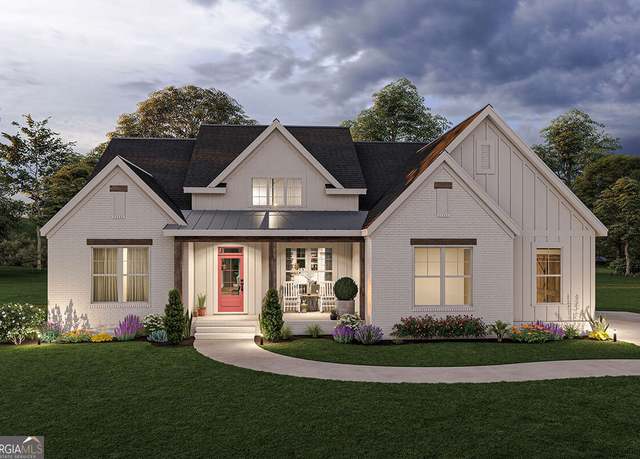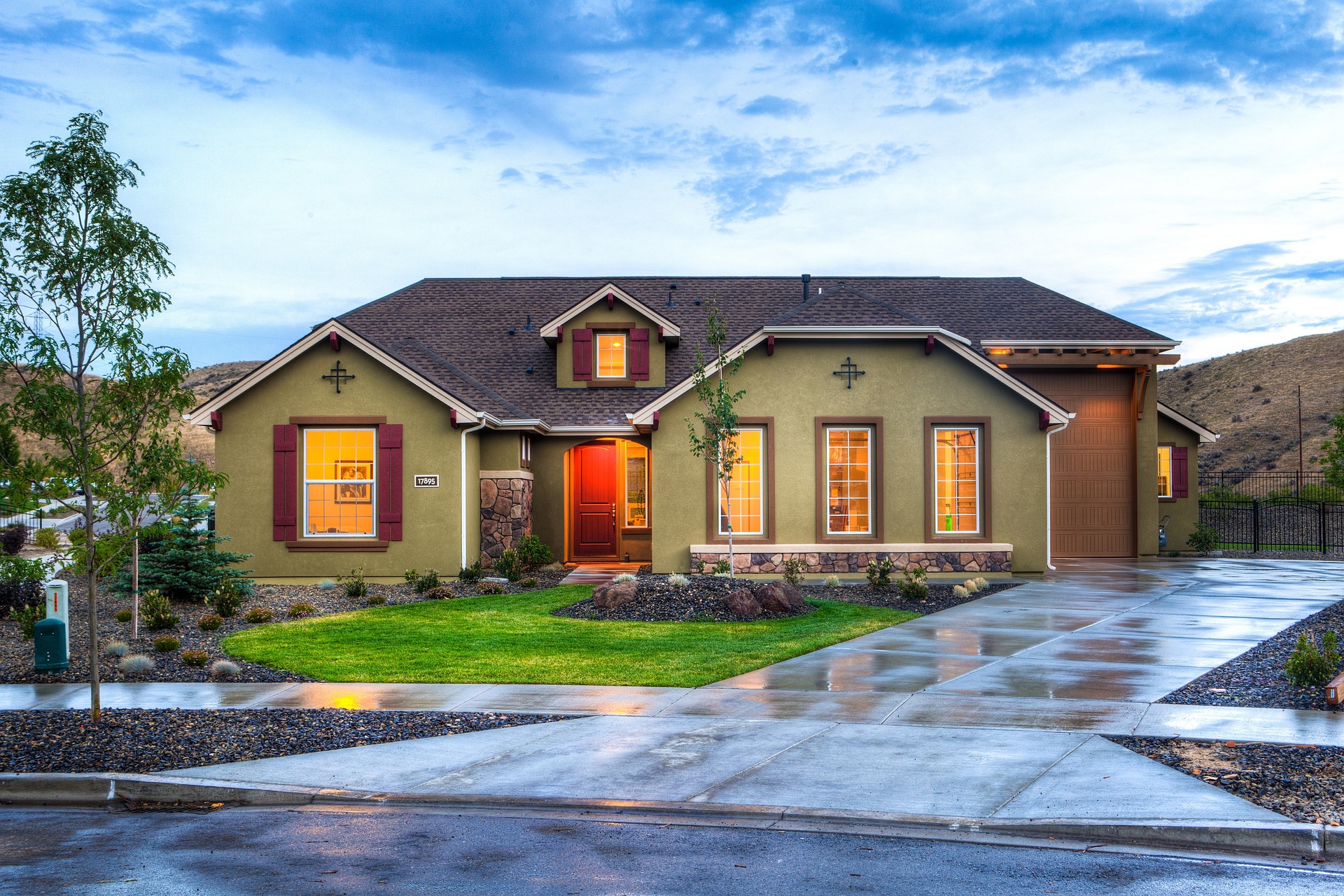Contents
Introduction
Desert Modernism is a distinctive architectural style that emerged in the mid-20th century, particularly in arid regions like Palm Springs, California. It blends functionality, simplicity, and a seamless connection to the surrounding desert landscape. Characterized by clean lines, open spaces, and an emphasis on indoor-outdoor living, Desert Modernism has become a timeless design choice for architects and homeowners alike. This article delves into its origins, principles, notable examples, and ongoing influence in contemporary architecture.
The Origins of Desert Modernism
The roots of Desert Modernism can be traced back to the International Style and the principles of Modernist architecture, which prioritized functionality and minimalism. During the post-war era, architects sought to create buildings that embraced the natural environment rather than worked against it.
Palm Springs, often considered the epicenter of Desert Modernism, attracted visionary architects such as Richard Neutra, Albert Frey, and Donald Wexler, who pioneered this movement by designing homes and public structures that were both aesthetically pleasing and well-suited for the harsh desert climate.
Key Features of Desert Modernism
Desert Modernism is characterized by several distinct elements that define its unique aesthetic and functionality:
1. Minimalist Design
Simplicity is at the core of Desert Modernism. Homes and buildings feature clean, geometric lines with an emphasis on open floor plans that maximize space and airflow.
2. Integration with Nature
Rather than overpowering the environment, Desert Modernist structures complement their surroundings. Floor-to-ceiling glass walls, shaded patios, and seamless transitions between indoor and outdoor areas allow residents to experience nature up close.
3. Flat Roofs and Wide Overhangs
Given the harsh sun in desert climates, buildings incorporate flat roofs and wide overhangs to provide shade and reduce heat absorption, improving energy efficiency.
4. Natural and Industrial Materials
Materials such as steel, concrete, wood, and glass dominate Desert Modernist architecture. These materials create a contrast between the structure and the rugged desert terrain, while also ensuring durability.
5. Neutral and Earth-Tone Color Palettes
Buildings typically feature neutral color schemes that blend with the desert surroundings. Shades of beige, brown, and muted pastels are commonly used to create harmony with the landscape.
6. Indoor-Outdoor Living Spaces
Sliding glass doors, open courtyards, and expansive terraces blur the boundaries between interior and exterior spaces, promoting a lifestyle that embraces nature and relaxation.
Iconic Examples of Desert Modernism
Some of the most celebrated examples of Desert Modernism can be found in Palm Springs and beyond. Here are a few notable landmarks:
1. Kaufmann Desert House (Richard Neutra, 1946)
One of the most famous Desert Modernist homes, this residence showcases a perfect blend of minimalism, open spaces, and seamless integration with the surrounding desert.
2. Palm Springs City Hall (Albert Frey, 1952)
Designed with efficiency and simplicity in mind, this public building is a prime example of how Desert Modernism extended beyond residential spaces.
3. Steel Development Houses (Donald Wexler, 1960s)
These prefabricated homes were designed with affordability and sustainability in mind, demonstrating how Desert Modernism could be both practical and innovative.
4. Edris House (E. Stewart Williams, 1954)
Featuring a combination of natural rock, wood, and glass, this home perfectly integrates with its rugged surroundings.
The Influence of Desert Modernism Today
Desert Modernism continues to inspire architects and designers worldwide. Many contemporary homes and resorts draw upon its principles, incorporating open spaces, sustainable materials, and a deep connection with nature. The movement’s emphasis on energy efficiency aligns with modern concerns about sustainability, making it as relevant today as it was decades ago.
Several architectural festivals, such as Modernism Week in Palm Springs, celebrate the lasting impact of Desert Modernism, attracting enthusiasts, historians, and design professionals eager to explore its legacy.
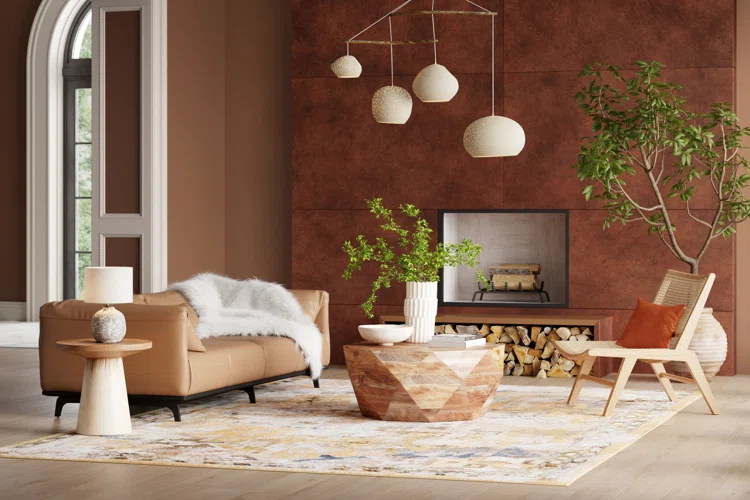
Frequently Asked Questions (FAQs)
1. What makes Desert Modernism different from other architectural styles?
Desert Modernism is unique in its adaptation to arid climates. It prioritizes natural integration, energy efficiency, and minimalist design while emphasizing seamless indoor-outdoor living.
2. Where can I see examples of Desert Modernist architecture?
Palm Springs, California, is home to some of the most iconic Desert Modernist buildings, including the Kaufmann Desert House and Palm Springs City Hall. Other desert regions, such as Arizona and Nevada, also feature excellent examples.
3. Is Desert Modernism still popular today?
Yes! Desert Modernism remains a sought-after style, influencing contemporary architecture and interior design. Its emphasis on simplicity, sustainability, and harmony with nature makes it appealing to modern homeowners and designers.
4. Can Desert Modernist principles be applied outside desert regions?
While originally designed for arid environments, many of the principles—such as open floor plans, natural materials, and minimalist design—can be adapted to other climates, with some modifications.
5. How does Desert Modernism promote sustainability?
By incorporating passive cooling techniques, energy-efficient materials, and designs that reduce reliance on artificial climate control, Desert Modernism supports sustainable living.
Conclusion
Desert Modernism is more than just an architectural style; it’s a philosophy that embraces simplicity, functionality, and a deep connection to the natural world. Its principles have stood the test of time, influencing both historical and contemporary designs. Whether in the heart of Palm Springs or beyond, Desert Modernism continues to captivate and inspire, proving that architecture can beautifully coexist with nature while meeting modern living demands.

